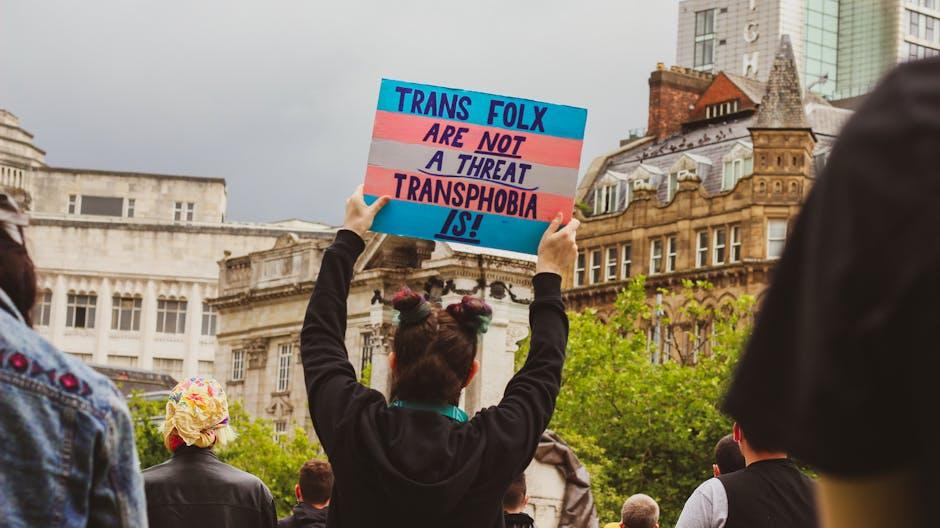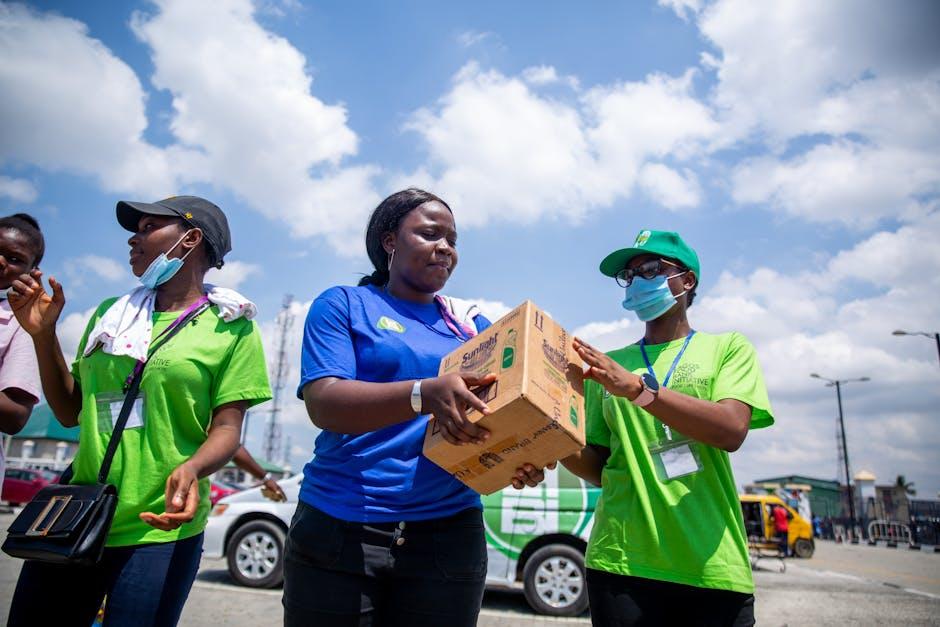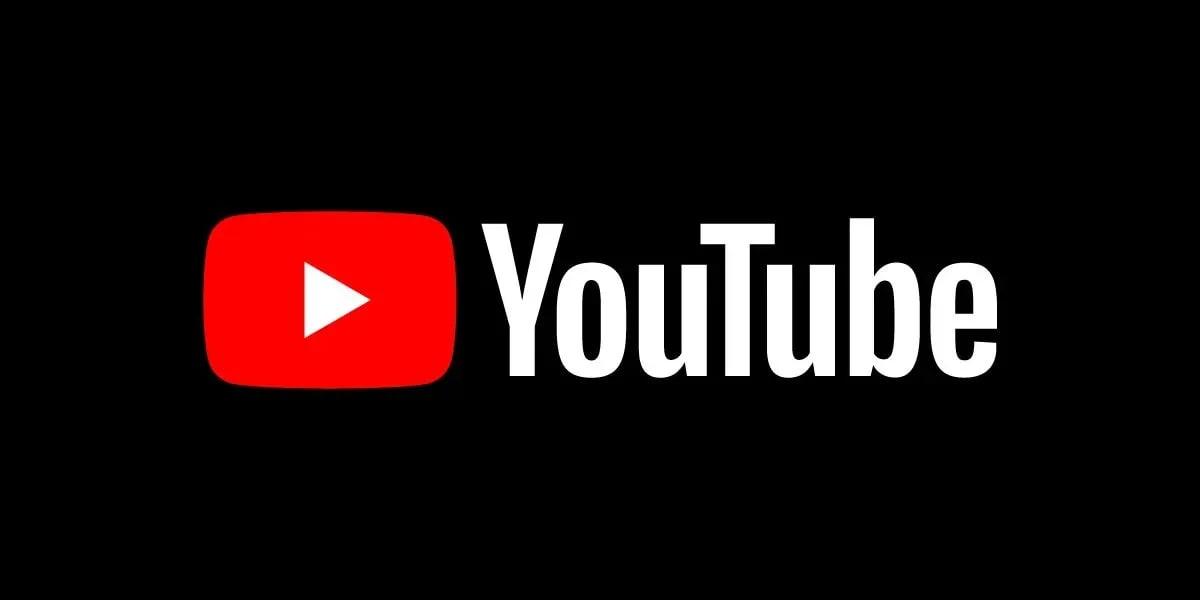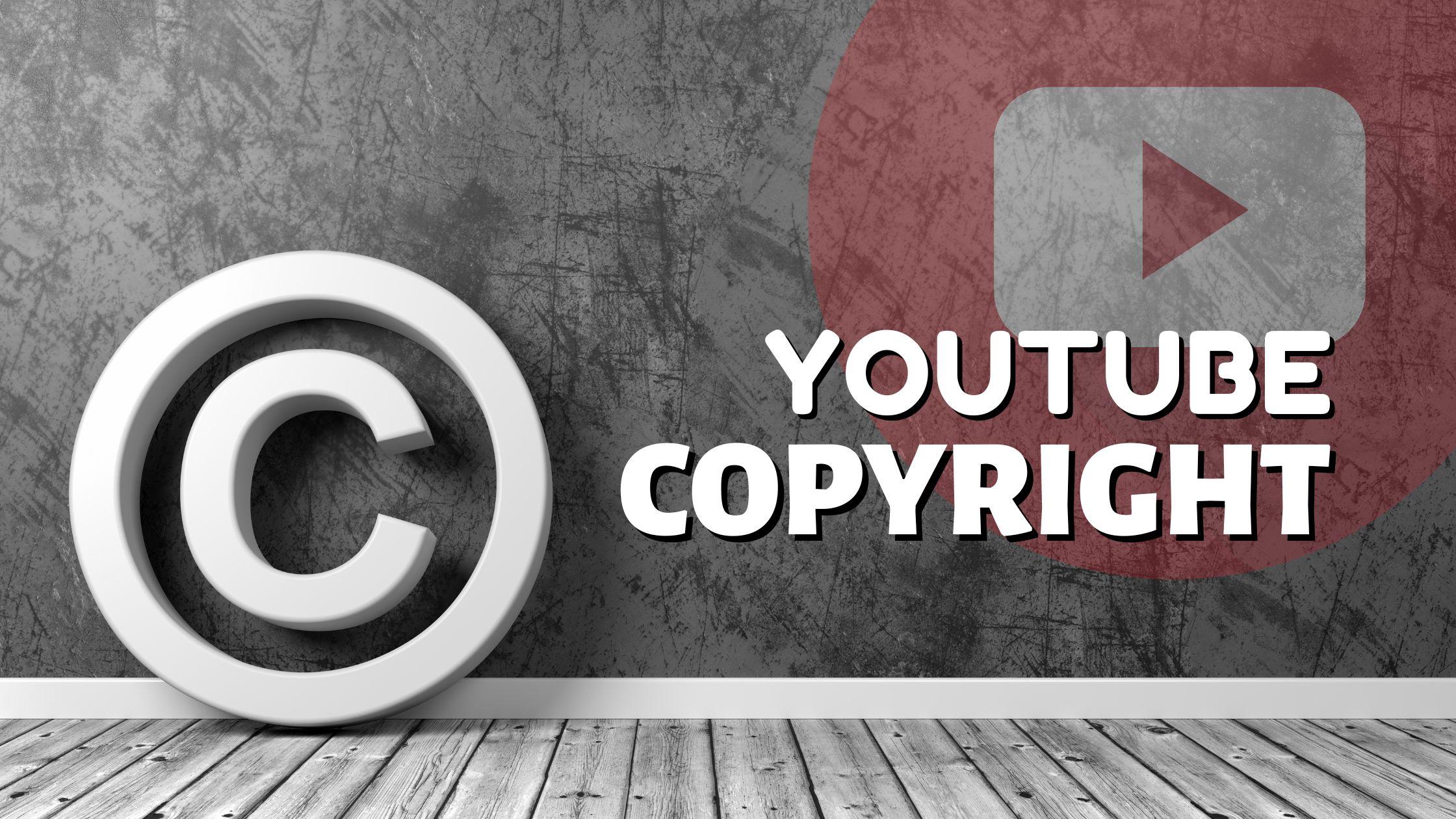Hey there! So, let’s talk about something that really hits home for a lot of folks in our vibrant online community—transphobia on platforms like YouTube. You know, that feeling when you come across a video or comment that just feels off, hurtful, or downright discriminatory? It’s frustrating, right? In a world that’s all about connection, why should anyone feel sidelined just because of who they are?
In this article, we’re diving into the ins and outs of standing up against transphobia on YouTube. We’ll explore not just why it matters—because it absolutely does—but also how you can take a stand and report this kind of negativity when you see it. It’s a bit like being a lifeguard at a pool party; you want to keep the vibe fun and safe for everyone. So, grab a comfy seat, maybe your favorite drink, and let’s get into it! Together, we can help make the digital world a more inclusive and welcoming space for all.
Understanding Transphobia: Recognizing the Signs and Its Impact

Transphobia can manifest in various ways, and recognizing these signs is crucial for promoting understanding and support within our communities. Microaggressions—those seemingly harmless comments that inadvertently belittle or degrade someone’s identity—are pervasive. For instance, consistently asking a trans person about their “real” name or using incorrect pronouns can be dismissive and harmful. Other signs include overt discrimination, like online hate speech, slurs, or targeted harassment in comments or videos. Such behaviors not only silence voices but can also deepen feelings of isolation and fear among trans individuals.
The impact of transphobia stretches beyond individual experiences; it reverberates through entire communities. Feelings of anxiety and depression can take root in those who face constant negativity, significantly affecting their social interactions and mental health. YouTube, being a massive platform for expression, can either help amplify these experiences or contribute to harmful narratives. When we confront transphobic content, we’re not just protecting individuals—we’re fostering an environment where everyone feels safe to express themselves. Taking action against transphobia is essential for building solidarity, and knowing how to report such content can be a powerful step in creating that change.
Navigating YouTube’s Reporting Tools: A Step-by-Step Guide

Feeling frustrated after encountering transphobia on YouTube? You’re not alone. Reporting such content can feel like a daunting task, but with the right tools, you can make your voice heard. Start by locating the video you want to report. Once you have it open, scroll to the three dots below the video—this is your gateway. Click on those dots and select the “Report” option. From there, you’ll be presented with a list of issues to choose from. Here, you’ll want to select “Hate Speech” or “Harassment” to specify the nature of the problem. It’s like stepping up to the plate: you match your concerns with the right category, ensuring that YouTube understands the urgency of your issue.
Next, it’s time to provide some details. YouTube will ask you to describe why you’re reporting the video. Be as clear and concise as possible. Mention specific timestamps if necessary, ensuring your report is robust and informative. You’re building your case like a detective piecing together clues—clarity is your ally here. After filling out all necessary fields, don’t forget to hit “Submit”. A well-documented report increases the chances of action being taken. Check back on the video’s status; a little persistence can make a big difference in the long run. Always remember: standing up against transphobia is not just about reporting—it’s about fostering a safe community for everyone.
Building a Supportive Community: Encouraging Positive Change

Creating an atmosphere where everyone feels safe and valued is crucial to fostering positive change. When we rally together against transphobia, we’re not just standing up for our friends; we’re building a community that thrives on understanding and acceptance. It can be as simple as having conversations that matter, where we openly discuss the issues affecting transgender individuals. Empowerment is infectious! By encouraging each other to speak up when we see or hear something harmful, we’re establishing a ripple effect that extends beyond ourselves. Just think of it as planting seeds—each supportive word and action can nurture growth in others.
Building connections is equally important. Consider forming support groups or online forums where people can share experiences and strategies for combatting hate. These spaces should be welcoming and inclusive, giving everyone the chance to express themselves. Offer workshops or discussions that allow community members to learn together. Remember, it’s not just about pointing out transphobia; it’s about creating a dialogue that challenges these harmful ideologies. Together, we can outline what actionable steps look like:
| Action Steps | Purpose |
|---|---|
| Start conversations | Raise awareness about trans issues |
| Share personal stories | Foster empathy and understanding |
| Organize community events | Strengthen bonds and support networks |
| Champion positive content creators | Shift focus from negativity to uplifting voices |
Advocacy Beyond the Screen: Taking Action in Real Life

We’ve all heard the phrase “keyboard warriors,” but when it comes to addressing transphobia, words need to translate into meaningful actions. If you spot transphobic content on YouTube, don’t just scroll past! Reacting isn’t just a choice—it’s a responsibility. Start by flagging the video. YouTube provides tools for reporting inappropriate content, and it’s essential to utilize these features. Here’s how you can take a stand:
- Click the three dots next to the video title.
- Select “Report” from the dropdown menu.
- Choose “Hate Speech” as the reason.
- Add additional details to explain why it’s harmful.
But don’t stop there! You’re not just a passive viewer; you’re part of a larger community. Spread awareness and encourage others to join you in this fight. Share your experience on social media—educate friends on how harmful transphobia can be. Collaboration is key! Consider organizing or joining workshops that focus on digital safety and inclusion. A simple gather-and-discuss session can lead to powerful initiatives that shift the narrative. And remember, every action counts, no matter how small. It’s like dropping a pebble into a pond; the ripples extend far beyond what you first envision!
To Wrap It Up
As we wrap up this deep dive into tackling transphobia on YouTube, it’s clear that standing up for what’s right isn’t just a noble act—it’s a necessity. You’ve got the tools now, from understanding the reporting process to knowing how to amplify marginalized voices in our digital landscape. Each report you file isn’t just a click; it’s a statement echoing a call for respect, understanding, and kindness in our community.
Remember, just as every drop fills a bucket, your efforts contribute to a larger movement towards inclusivity and acceptance. So, the next time you stumble upon hate disguised as content, don’t hesitate. Stand up, speak out, and let your voice be part of the change. Together, we can transform YouTube into a space where everyone, regardless of identity, can shine without fear.
Thanks for joining this conversation, and keep being the courageous individuals you are. Your actions matter, now more than ever. Let’s keep making some noise!



